We are living in an era in which there is great interest in transgender subjects. This is due to a transgender social movement that has made it possible for an increasing number of people to insist on their right to gender self-determination, to come out as trans, and to do so at an ever younger age. It is perhaps also due to the fact that even people who conform to conventional gender norms may see that gender is far more varied than those norms would suggest. Dominant convention tells us that people are either male or female, that men have male bodies and exhibit masculinity, and that women have female bodies and exhibit femininity. But in real life, peoples’ bodies and sense of self fly in the face of convention; for most people, sex/gender-conformity requires some work. And transgender people really are everywhere. Despite the interest in transgender, there are a lot of misconceptions and prejudices out there. In this short piece, I write about why gender matters, and about the importance of transgender rights and their relationship to gay/lesbian rights and basic justice.
Transgender is an expansive term; it is not a singular category describing a fixed set of people. In turn, trans-identified people have nearly infinite ways of defining the term and relating themselves to it. For some trans people, gender identity feels stable and may relatively comfortably correspond to ideas of male and female. For others, gender may be experienced as a changing range of “masculine” and “feminine,” and the idea of maleness or femaleness may be embraced or rejected. Just as many non-trans people do, many (but not all) trans people cosmetically, hormonally, and/or surgically modify their bodies to reflect their sense of themselves as men or women and/or trans people. Ideally, we would build a social world in which all people’s gender identity, gender expression, and also our varied ways of understanding gender, are honored.
One of the simplest but most radical requests supporting the goal of gender self-determination is to believe what people say about themselves and treat them accordingly. In everyday situations, people rarely verbally declare their gender identity (nor should anyone have to). If you’re wondering what pronoun to use, trans etiquette is standard etiquette: you honor the gender in which people present themselves. This idea of presenting as a gender can be tricky however. For everyone (trans identified or not), presentation is a combination of how we feel, how we relate ourselves to social expectations of maleness and femaleness, and how others perceive us. Respect requires that we avoid assuming we correctly perceive anyone else’s gender identity and instead pay attention to how people want to be known.
In my own experience, the frequency with which I am read as man or woman or something else changes dramatically depending on the season (summer, when more of my body is visible, earns me more frequent “sirs”), how fast I’m moving (apparently I walk “like a guy”), my mood (furrowed brows seem to rule out femininity), how much I’ve been working out (you can guess), and where I am. On the streets and at the entrance to women’s bathrooms, I am often read as man or not-woman. When I was a child, I felt shame and anger as people’s misapprehension: their perception of me as a boy signaled my failure to appear the way girls were supposed to appear; it also signaled social failure to accept that girls could and did look, feel, and act exactly the way I did. I am no longer distressed when people read me as man or as not-really-woman. As long as people aren’t hostile or violent, their uncertainty can sometimes be a useful step toward a more gender-flexible world.
It’s entirely different at work. There, as on the streets, I wear only men’s clothes on my androgynously-contoured body. Despite this, and although they may know nothing about the history of my body or personal sense of gender, colleagues read me as woman. Having thus passed (without trying) as a female professor, I am generally seen as a casual-dresser rather than as a cross-dresser. Technically I am the latter, but that interpretation is obscured by a presumed professional courtesy based in class and race privileges, generational styles, and gender hierarchies. (Imagine if I were a male-bodied person not passing as woman but dressed in women’s clothes would I have this job?) In the absence of verbal self-declarations about gender identity and bodily history, my social gender changes with context. Clearly, it has almost everything to do with social expectations and little to do with some Truth of Me.
“Ew, that’s a girl’s pencil!”
Gender sells. Even the most common objects are marketed as having male or female gender. Not only are pieces of stitched-together cloth marked as “men’s” or “women’s” depending on color, shape, number of pockets, etc, but even things such as pencils and bikes are coded to affirm girlness or boyness. I witnessed a six year-old boy refuse to use a blue pencil with red polka dots because, as he insisted, “that’s a girl’s pencil!” Had he chosen the polka-dotted object, would that indicate his gender failure, or perhaps that she thought of herself as a girl? Though few would draw such a conclusion, many (including medical professionals) believe that some toys naturally are “girl’s” regardless of who is playing with them, and that some clothes naturally are “men’s” regardless of who is wearing them. For better or for worse, our gendered sense of self stems to some degree from our aesthetic relationship to the objects around us as well as from our physical relation to our environment; that is because we ascribe gender not just to bodies and psyches, but also sometimes bizarrely to objects and behaviors.
More consequentially, our social world is ordered around the imposition of a clear and consistent distinction between male and female. Everything that helps us live our human lives: jobs, health care, housing opportunities, all social services, voting rights, passport issuance, marriage, parenthood, the ability to use a public restroom, sports teams, education, religious practice, respect, freedom from violence, even citizenshipóall of that requires us to declare that we are either male or female, and we are required to stay that way. Furthermore, our gender declaration must “match” the legal sex to which someone else assigned us, and legal status usually demands that our bodies conform to conventional beliefs about maleness and femaleness. All of the above social benefits, and also the right to be believed, are frequently denied to people who attempt to change gender or live at variance with common sex/gender expectations. No wonder the child was so concerned with choosing the right pencil.
Toward LGBT Coalition & Solidarity
There is a lot of talk about how gender identity is different from sexual identity. And it is. But depending on how we make that distinction, we can have a broken LGBT movement in which we clobber each other in competition for external resources, or we can build solidarity around shared efforts toward justice. Beginning in the mid-20th century, medical specialists along with some transsexual clients have insisted that transsexuals are not homosexuals. Also beginning in the mid-20th century, some proponents of gay and lesbian rights have insisted that gay people are not gender-deviant, not trans, but instead “just like everyone else.” Both groups have made these claims in part to gain legitimacy for their own cause, as though they would become respect-worthy by distancing themselves from other stigmatized ways of being. The costs are high. Recently, some politicians promoting an employment non-discrimination act (ENDA) opted to write an Act focused only on sexual identity; they believed that ENDA would be too controversial if it included gender identity/expression. In an unprecedented outpouring of solidarity, hundreds of LGBT organizations (every major organization in the country except for HRC), and some politicians (including our very own Tammy Baldwin), affirmed that ENDA without protection for gender identity/expression would do more harm than good.
GLB without our T is neither truthful nor viable. When gay activists claim that they have little in common with trans people, they are erasing a long history in which communities formed around gender and sexual variance together. From a practical point of view, a GLB movement that pretends gender conformity is shooting itself in the feet: regardless of sexual orientation and gender identity, we are all vulnerable to discrimination on the basis of gender expression, and we all need the right to employment, health care, housing, citizenship, and so forth.
Aside from negative boundary-policing, it must be said that trans people do face a whole host of challenges that gays and lesbians who appear more gender-normative do not face. It is critical that we understand these challenges and work together to alleviate each one of them. (Can you think of any barriers that gays and lesbians face that are not also faced by trans people?) Working for greater justice requires that we support civic and social rights for everyone not despite, but because of, the infinite ways in which we experience and express ourselves as gendered beings in a gendered world.
TRANSGENDER 101
Gender Identity: one’s sense of one’s self as a gendered person (e.g., as man, woman, both, neither, etc). A person’s gender identity may or may not match the sex assigned at birth, and it may or may not conform to conventional expectations of maleness or femaleness, including expectations of what a man’s or woman’s body looks like.
Transgender:
- An identity that some people embrace for themselves. Transgender identity may include: a gender identity that differs from sex assigned at birth; a gender expression (presentation) that differs from that conventionally expected of people according to their bodily sex; a desire for alteration of the body’s sex/gender characteristics.
- The name of a social movement that insists on the right of all people to determine for themselves their own personal and legal gender status (gender self-determination), freedom of gender identity and gender expression for all people, and civil and social rights for all people regardless of gender identity, gender expression, and body type.
- An ever-expanding social category that may, for the purposes of organizing and social service recognition, incorporate transexuals, transvestites, cross-dressers, female and male impersonators, persons with intersex conditions, butch lesbians, studs, fem queens, drag queens, drag kings, feminine-identified men, masculine-identified women, MTF, FTM, trannies, gender variants, genderqueers, boi dykes, trans men, trans guys, trans women, bi-gender, two spirit, etc. People who place themselves in any of the above categories may or may not identify with the collective term transgender.
Transexual: Medical and popular term describing persons who wish to (and do if financially feasible) change bodily sex characteristics and/or achieve sex reassignment through hormonal and surgical means.
MTF (Male to Female): transgender or transexual experience indicating a change from male (assignment at birth based on perceived physical sex) to female; it includes personal and social recognition of female identity and may or may not include hormonal and/or surgical modifications and/or sex reassignment.
FTM (Female to Male): transgender or transsexual experience indicating a change from female (assignment at birth) to male; it includes personal and social recognition of male identity and may or may not include hormonal and/or surgical modifications and/or sex reassignment.
“T”:
- common term referring to exogenous (produced outside the body) testosterone, such as that taken by female-bodied people for its “masculinizing” effects.
- a drink with jam and bread.
ze, hir, em: gender-inclusive (or neutral) pronouns. While many trans people identify with conventional pronouns (he-his-him, she-hers-her), many people also advocate the use of gender-inclusive pronouns that do not ascribe a specific sex-gender status.
Sexual Identity and Gender Identity? Gender identity is not identical to sexual identity; for each person, sexual identity may have nothing or everything to do with gender identity and body type. For example, trans people may consider themselves gay, bi, lesbian, straight, queer, etc. Just as people should have the right to gender self-determination regardless of body type, people should have the right to name their own sexual identity, regardless of their gender status and body type.





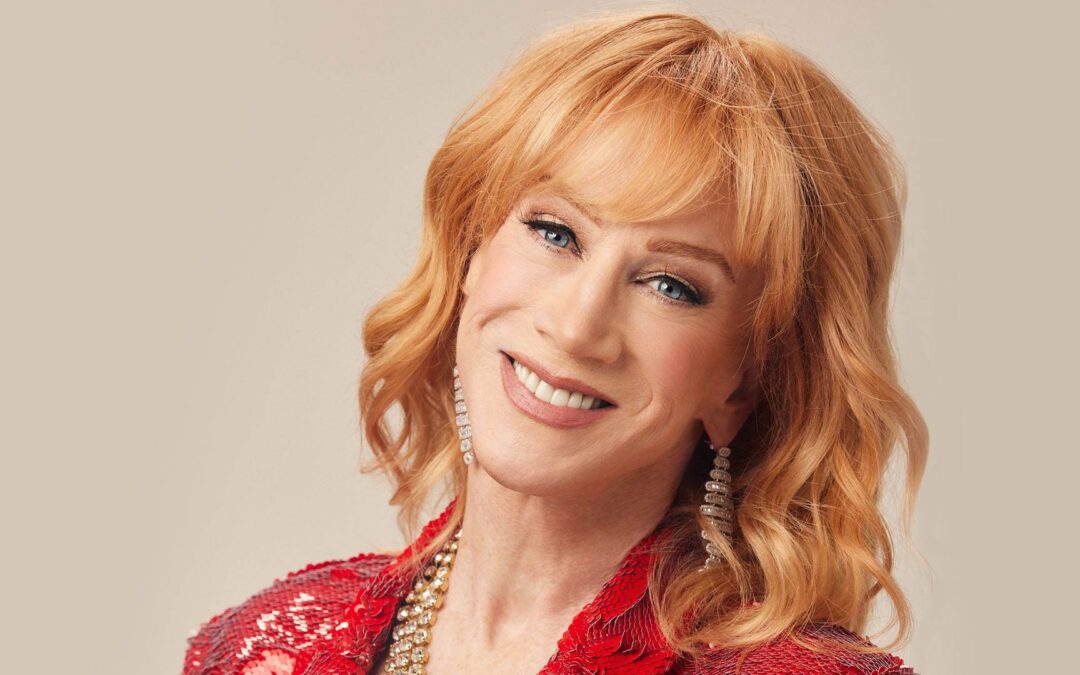
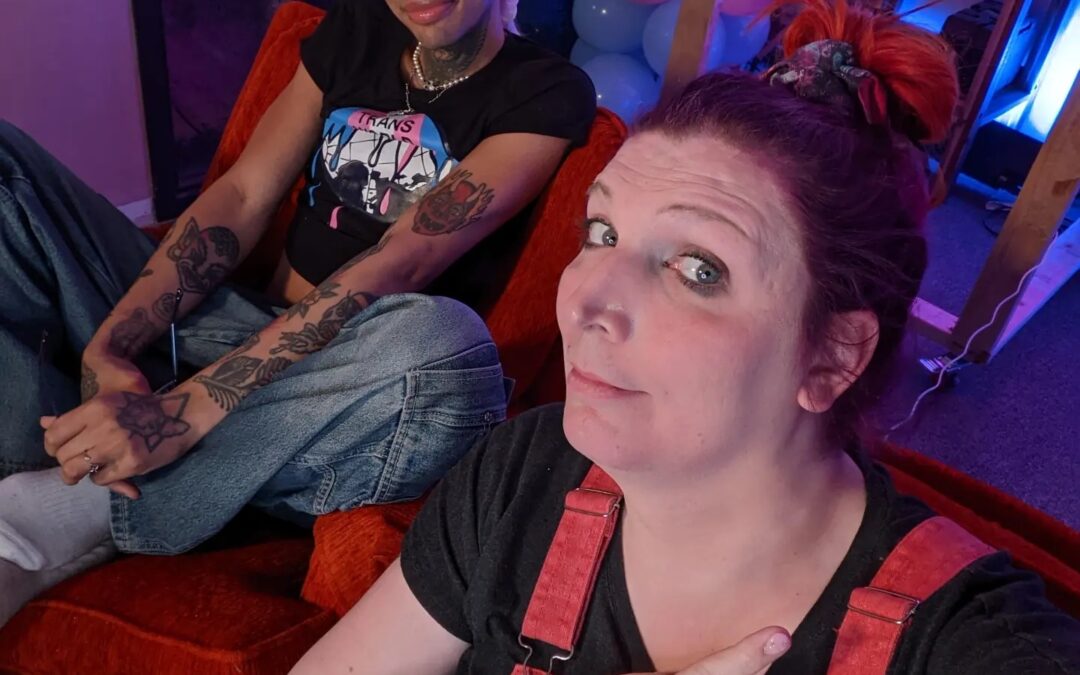
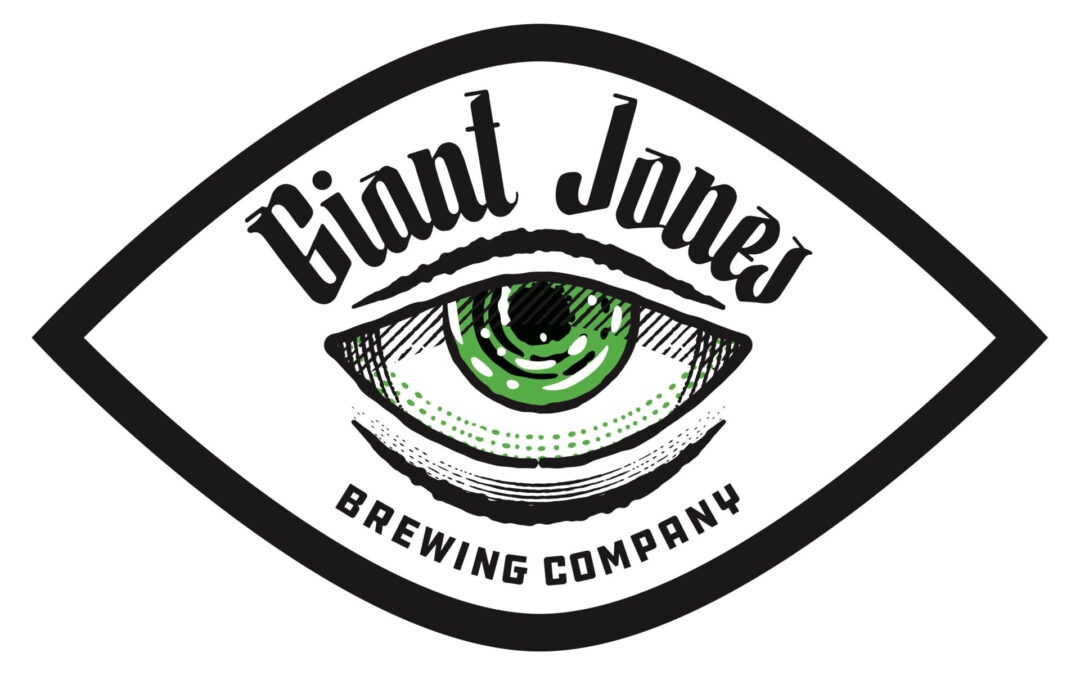

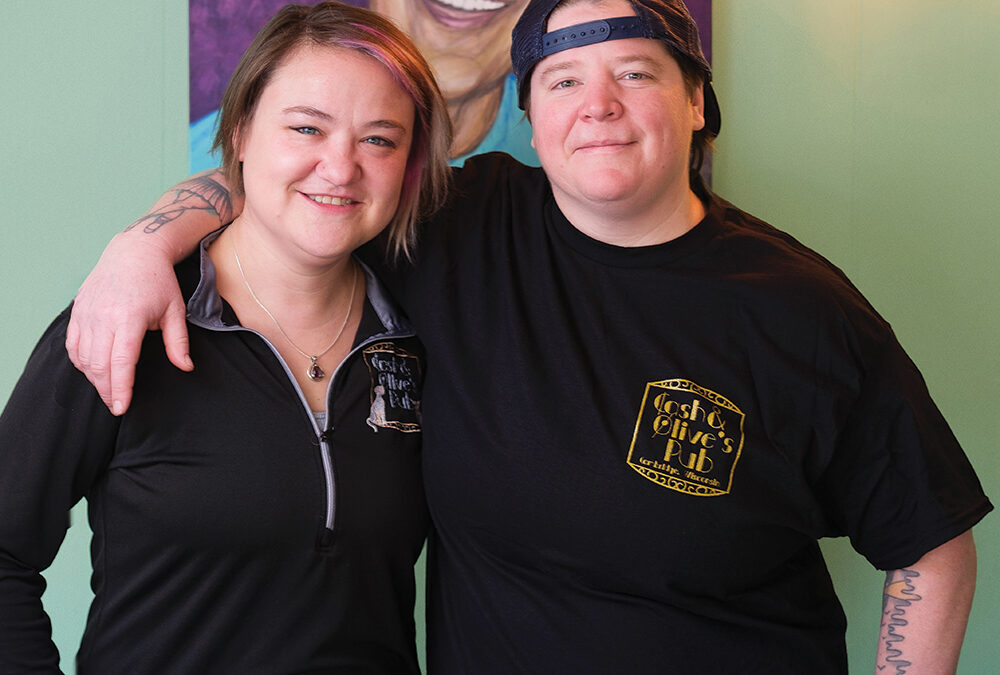
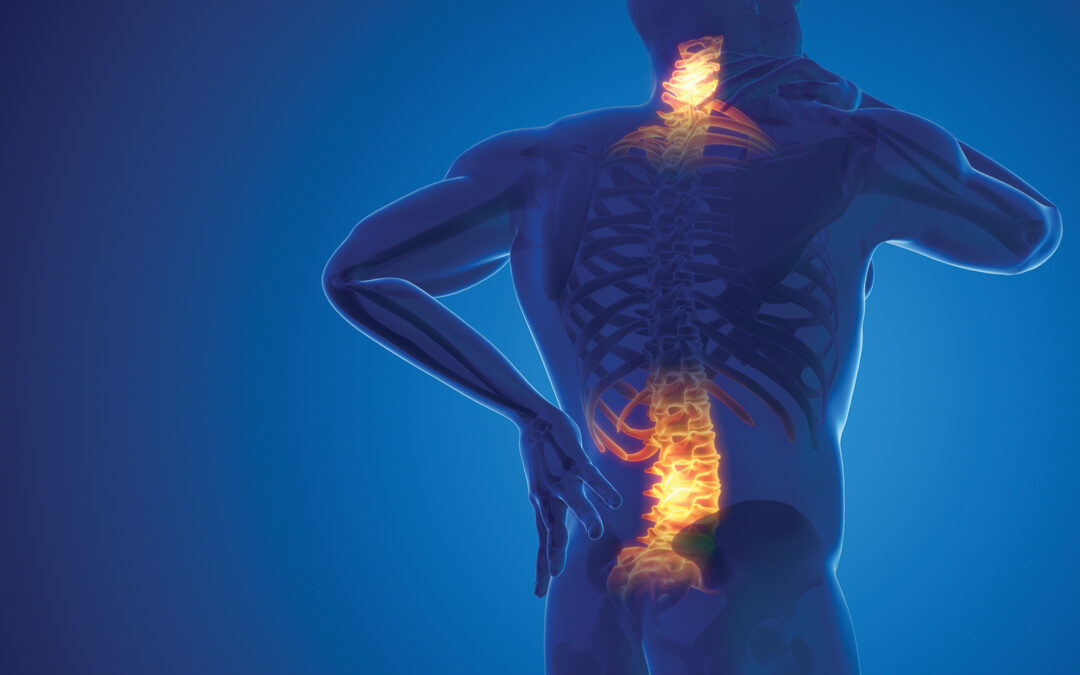
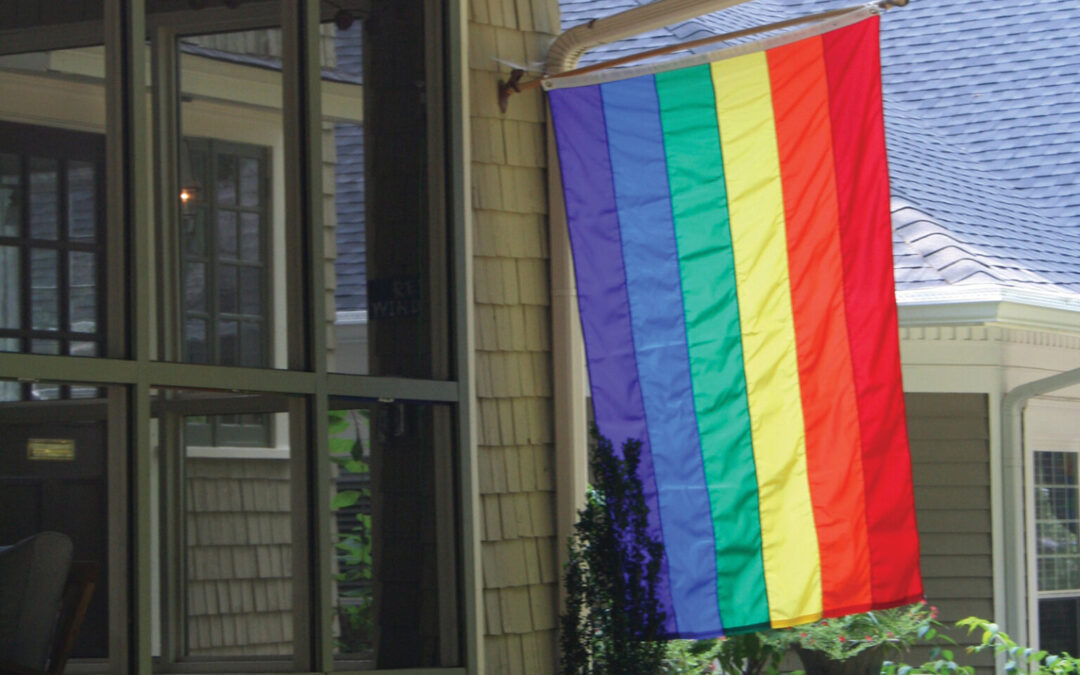
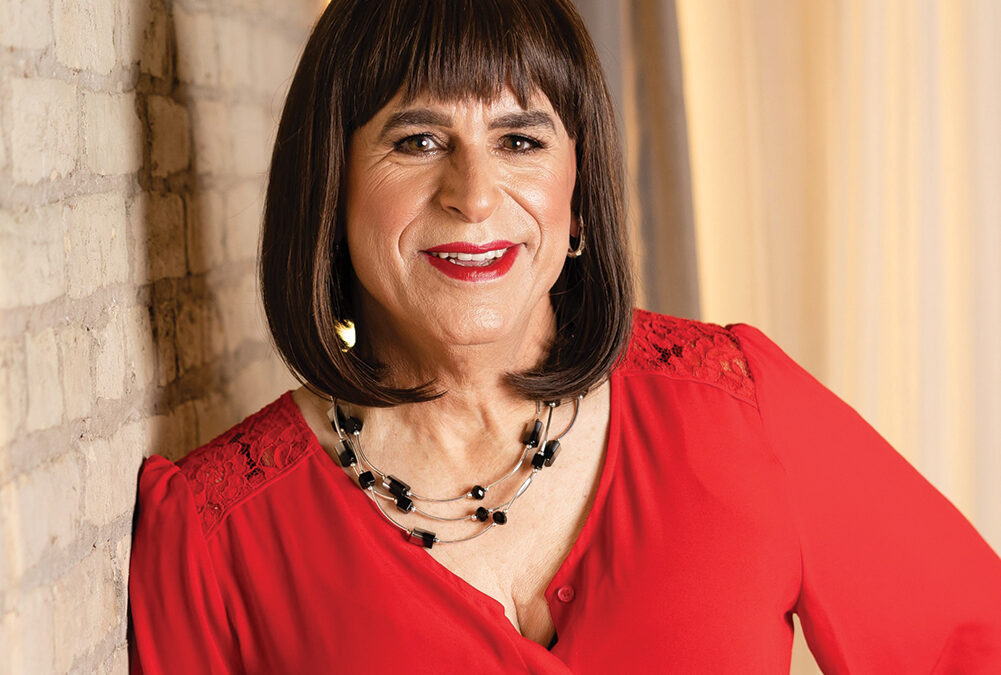
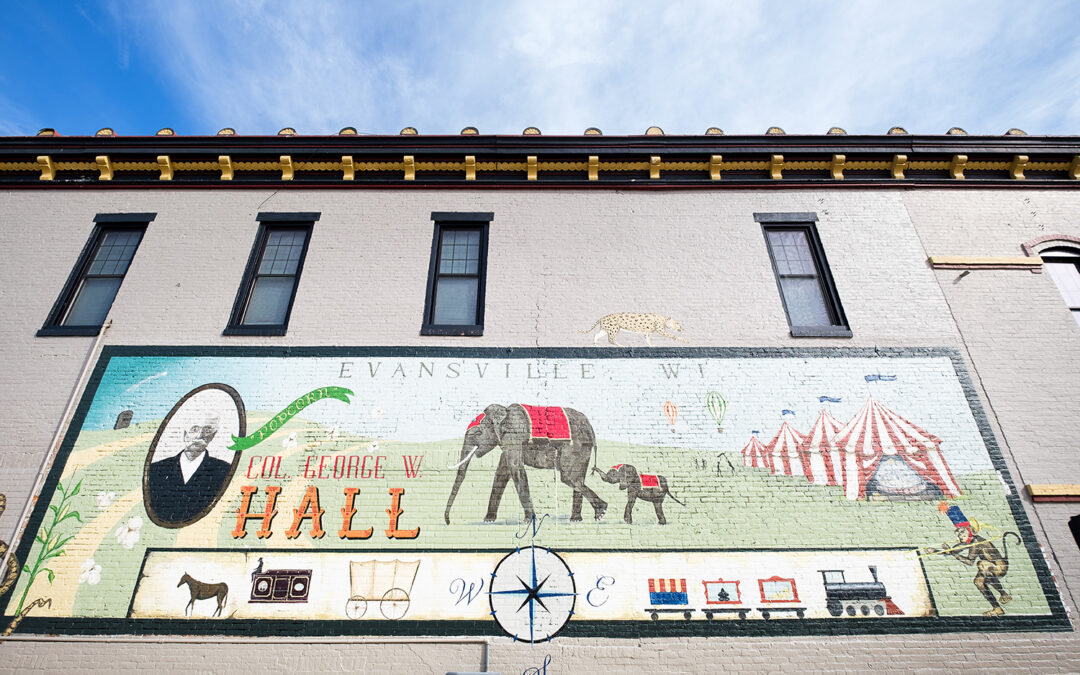
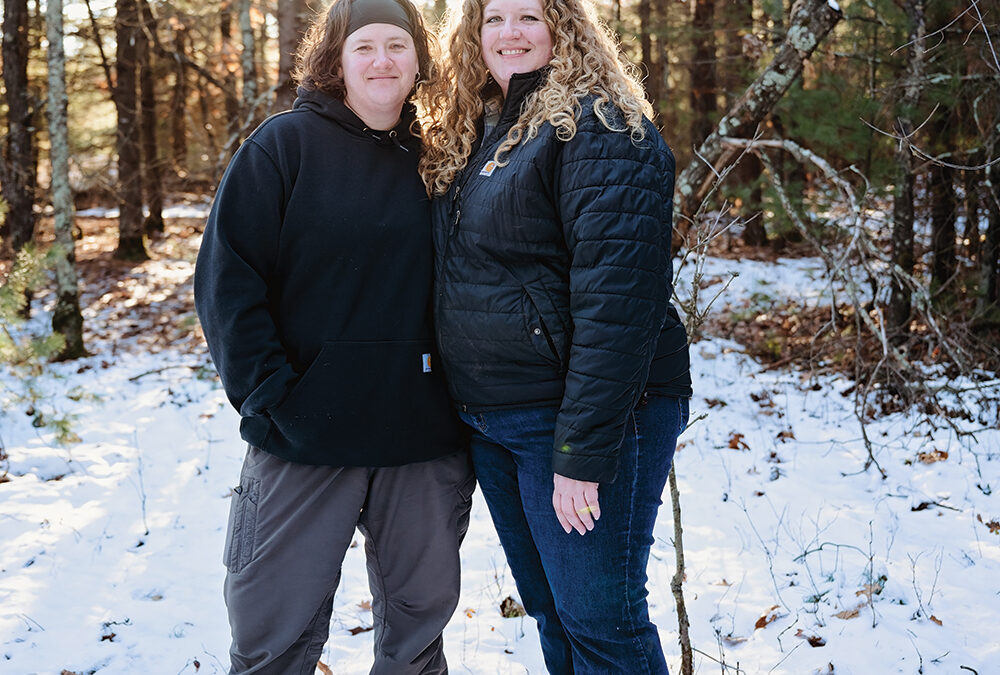




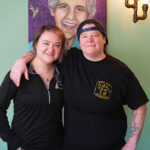

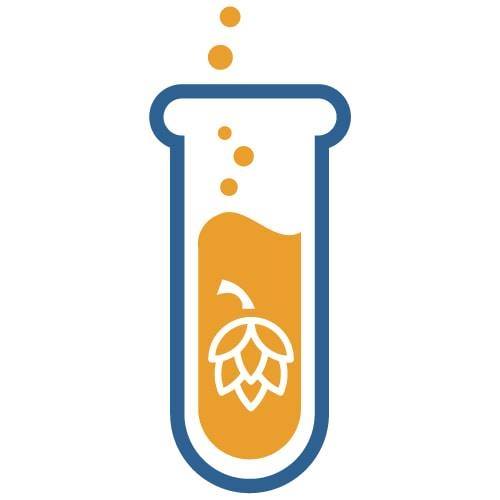

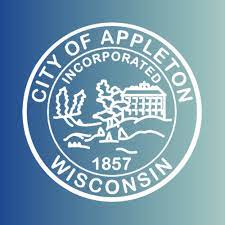
0 Comments